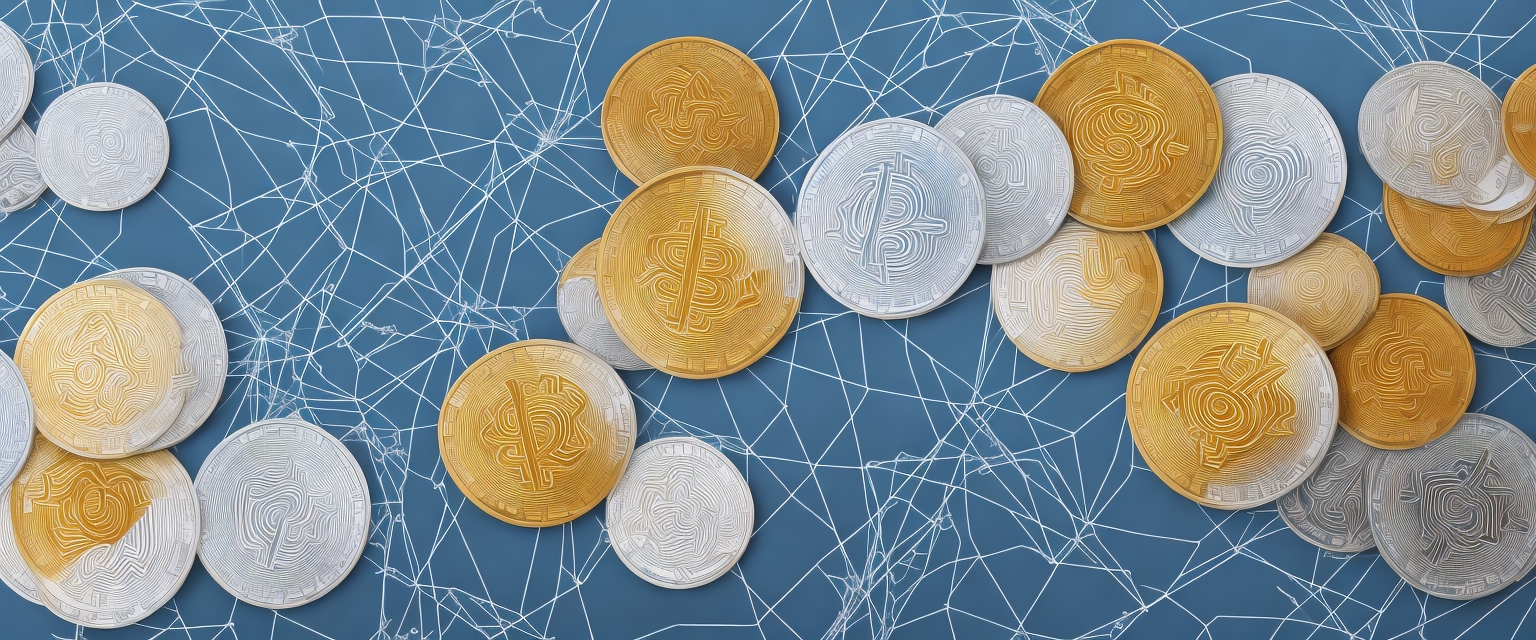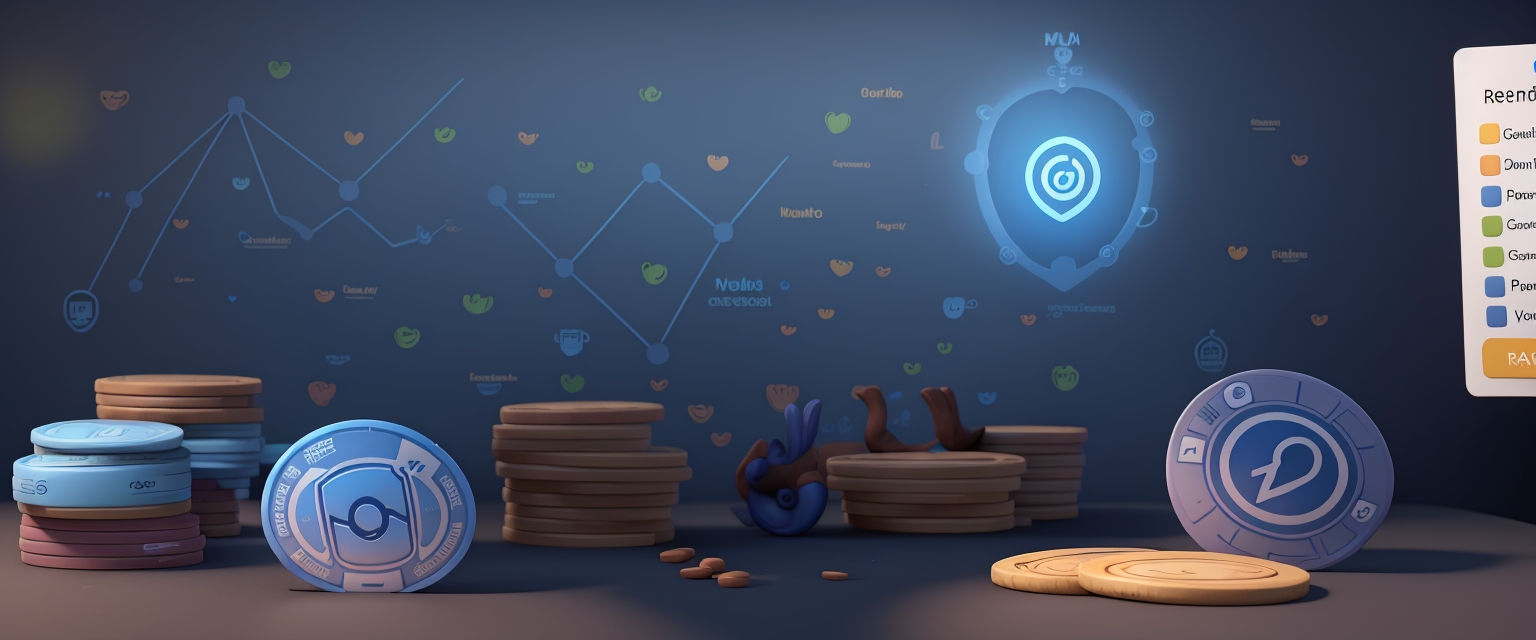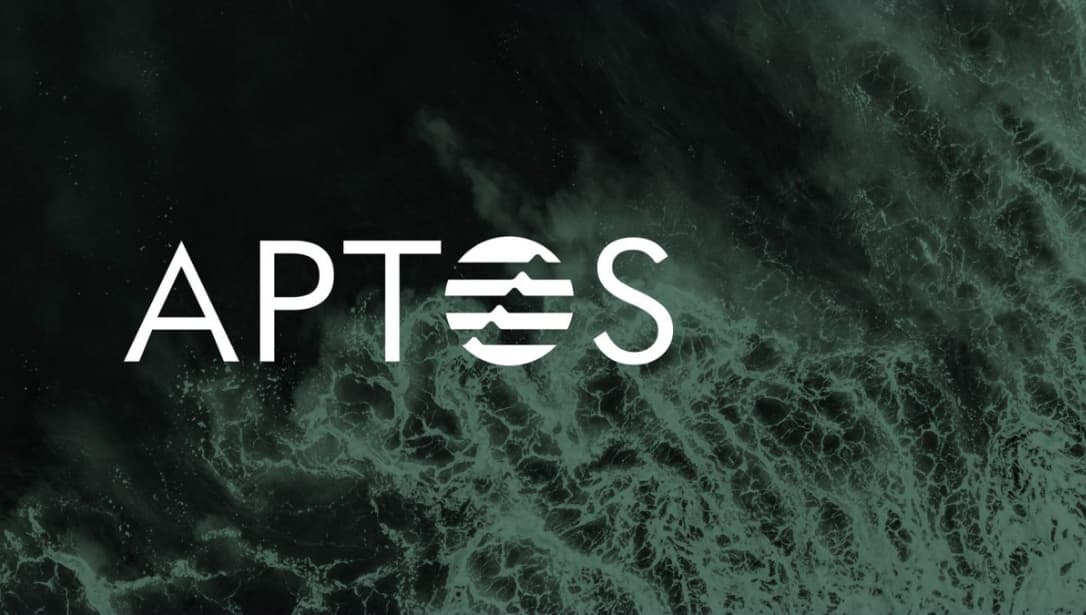In the world of cryptocurrency, there are numerous ways to earn, and one of them is through airdrops. However, people often don't pay much attention to them until they hear about someone who received a massive reward. Google Trends research shows that after the announcement of the Arbitrum airdrop, the number of searches for the term "airdrop" doubled, and the number of new addresses on the zkSync testnet increased fivefold in just one week.
However, a random and emotional approach to airdrops usually leads to disappointment when the wallet remains empty or only contains insignificant amounts. To truly earn from airdrops, it is necessary to turn them into a systematic activity. Therefore, today, we will thoroughly explore what airdrops are, why they are conducted, and how to organize systematic work to generate income.
Table of Contents:
- What are token airdrops, and what types exist?
- The benefits of airdrops.
- How much can you earn from airdrops?
- How to receive free tokens into your wallet.
- Conclusion.

What are token drops, and what types of drops exist?
During the early development of the cryptocurrency market, roughly from 2014 to 2017, the primary method of raising investments was through Initial Coin Offerings (ICOs) - the issuance of tokens that early investors purchased using other cryptocurrencies or sometimes fiat money. The funds raised were meant to be used by the team to create the promised product, which would add value to the issued tokens. However, over the three years of ICO existence, due to a large number of fraudulent projects and the absence of guarantees for token holders, this method of fundraising gained a bad reputation.
As a result, starting from 2017, blockchain startups began to employ a new market entry strategy - distributing tokens for free or conditionally free to active users. These distributions were termed "drops" or "airdrops" because developers would "drop" tokens into wallets that met specific criteria.
During the crypto-winter of 2018, when retail investors were hesitant to invest in cryptocurrency projects, airdrops gained attention and attracted a new audience more effectively than ICOs. The project AuroraCoin ($AUR) was the first to utilize this market entry method in 2014. The team planned to create an alternative currency for Iceland, and while the project still exists, it did not achieve widespread recognition.
There are several types of airdrops depending on whom and for what the tokens are distributed:
| Type | Description |
|---|---|
| Free Drop | Tokens are distributed to anyone interested, with certain limitations on the volume of the distribution. Participation typically requires leaving your wallet address and fulfilling simple conditions like subscribing to social media channels. However, unconditional free drops are rare today as developers receive nothing in return, and they are often used by scammers to steal user assets. |
| Hold Drop | Tokens are distributed to users who already hold other tokens or NFTs in their wallets. For example, $APE tokens were distributed to NFT owners from BAYC, MAYC, and BAKC collections proportionally to the number of NFTs held. Participation only requires holding specific tokens, with the list of recipients determined automatically. Held assets indicate the quality of the audience for developers. |
| Bounty Drop | Tokens are rewarded for completing tasks to encourage user activity and grow the user base. For instance, in the Arbitrum Adventure by Trader Joe, partner projects rewarded users who completed quests in Crew3. Tasks usually involve actions like "execute N orders" or "provide N liquidity in a pool." Such campaigns are often shared on different platforms. |
| Lock Drop | A rare type of distribution where project tokens are given to users who lock their assets in another network. For example, the Edgeware (EDG) drop required locking a specific amount of ETH in the Ethereum network. After the locking period, users receive both their locked assets and project tokens. Locking assets acts as a pledge, showing interest in the project without risking the assets. |
The most potentially profitable ones are retrodrops - token distributions that occur after the project's launch or its test version. The peculiarity of retrodrops lies in the fact that the conditions of obtaining tokens are not known in advance, so in theory, this distribution method allows identifying truly loyal and active users who interact with the product without additional incentives. Projects like Arbitrum, Aptos, 1inch, Uniswap, and others distributed their tokens through retrodrops. However, rumors and assumptions about token launches and participation conditions often emerge long before the official announcement. For example, rumors about a possible $ARB token appeared immediately after the network's launch, and the official drop announcement and participation conditions were only revealed on March 16, 2023. During all this time, users showed activity "at random," hoping to meet the hypothetical distribution criteria.

It is also worth mentioning fork drops, where cryptocurrency holders receive a proportional amount of coins from a network fork. For example, BTC holders received BCH, and ETH holders received ETC. However, fork drops are related to cryptocurrencies, not tokens, and occur automatically due to blockchain's technical characteristics. Therefore, they are not the main target for drop hunters.
What is the benefit of drops?
The drop strategy, or distribution of free tokens, has evolved into an essential market entry tool and continues to be used to this day due to its value for both developers and regular users. Drops represent a kind of compromise and a profitable strategy where the risks and potential benefits of both sides are more balanced.
The main advantage of drops for projects is that they provide a more efficient way to attract a loyal audience than simply selling tokens to investors or listing them on exchanges. This is related to two characteristics of the crypto market:
- Speculators and quick profit hunters: These individuals are likely to buy tokens during the initial coin offering (IDO) or upon exchange listing. However, such investors often are not interested in the project's product itself. Selling tokens on the market is highly likely to lead to subsequent price declines and the depletion of the project's liquidity.
- On-chain wallet activity: Drops offer the opportunity to track the activity of users' wallets to determine how interested they are in the cryptocurrency, which projects they find appealing, and whether they are targeting a specific market segment. This information allows new projects to find the most relevant target audience and attract their attention to the new product through the distribution of free tokens.
Currently, the advantages of drops are weakening due to the large number of scammers and growing competition in the market. Nevertheless, drops still effectively address the issue of "cold start" and reduce the costs of attracting an audience.
Token distributions are also used by developers to enter a competitive market using a strategy known as "vampire attack." A vampire attack involves giving away the project's tokens to a competitor's community to stimulate their use of the project's platform and "suck" the competitor's audience. In this way, the startup doesn't seek new users but deliberately attracts an already established competitor's audience.
How much can you earn from drops?
Drop hunting provides an opportunity for earning through cryptocurrency activities for users with any level of experience and deposit. This means that practically anyone can profit from this activity. While large investors may earn more due to their financial capabilities, newcomers can also make a profit if they work diligently and have a bit of luck. Here are a few examples:
For instance, everyone who participated in the Aptos testnet and mined an NFT in their wallet received 150 $APT. The most persistent ones could sell them at the peak price of $15 per token, but even those who immediately sold the tokens received $1000 to $1200. Just for minting an NFT in the testnet.

Uniswap also distributed a minimum of 400 $UNI tokens to users of its decentralized exchange (DEX). While these may not be the largest amounts, users had the option to either immediately sell these tokens at $3 each and receive $1200 or hold onto them until they reached $40 and get $16,000.
1inch distributed an average of 600 $1INCH tokens to loyal users. During the initial token offering, the tokens were priced at around $600 to $800, and at its peak, users could sell them for $4200.
These are just some examples of the opportunities available. According to Messari data, users who received and sold tokens from ten major drops (such as Uniswap, TornadoCash, GitCoin, dYdX, among others) within a week could earn an average of over $100,000.
Clearly, the earning potential from drops can be substantial, attracting people with different levels of experience and resources. However, it is essential to remember that the cryptocurrency market is high-risk, and results may vary depending on various factors. It is crucial always to be informed and cautious when participating in such activities.
How to get free tokens to your wallet
Many drop hunters successfully earn from drops and receive significant amounts of free tokens. But how do they do it? An important factor for achieving effective results is consistency. To become an experienced drop hunter, you need to clearly understand the following points:
- Interacting with the product: it's crucial to exchange tokens, use bridges, provide liquidity, and utilize other features of the product. For example, to receive a drop from a decentralized exchange (DEX), using liquidity pools and conducting swaps is essential. NFT marketplaces may reward users for transactions made on their platform. Some blockchains may offer rewards for regular transactions and other activities. It's important to note that these actions may involve fees, losses, and volatility, so having a certain deposit is recommended for participation.
- Quests: these are specific tasks that, when completed, can increase certain platform metrics, such as the number of users or trading volumes. Projects usually organize quests through third-party services like Galxe, Crew3, or Layer3. Quest conditions are known in advance, which sets them apart from retrodrops, where it's not always clear what needs to be done to receive a reward. Quests are often organized in the form of a game using NFTs and an interesting backstory, making them more understandable and appealing to newcomers.
- Testnets: before launching a project on the mainnet, functionality and security tests are typically conducted in a test environment. Participating in testnets can be an accessible way to earn reputation in the project, enter subsequent testing phases, and gain advantages in drop distributions. Some projects may additionally reward testers for finding bugs in the product's functioning, but this resembles bounties more than drop distributions. It's important to note that participating in testnet programs doesn't require the use of real tokens, so there is no risk of losing your savings. Engaging in testnet programs allows you to learn about interacting with decentralized applications (dApps) and various platforms, making it a good starting point for newcomers to become drop hunters.

- Ambassador programs: ambassadors help create and disseminate content, translate materials, and increase brand awareness within their communities. In return, they receive rewards, often in the form of the project's native tokens. More information about what ambassador programs are and how they function can be found in articles about earning cryptocurrency without trading and futures.
Understanding these key points will help you become a successful drop hunter and receive free tokens to your wallet. It's essential to choose projects carefully, study their rules and conditions, and be prepared to invest time and effort to complete the required tasks.
Conclusion
The native token drop strategy is a market entry method that involves directly distributing tokens to active users. Drops have become an alternative to the ICO model, offering both crypto investors and developers a new approach to risk management and project value distribution. Even in the uncertain conditions of the cryptocurrency market, drops remain one of the most effective ways to earn, often providing higher returns compared to trading and investing.



